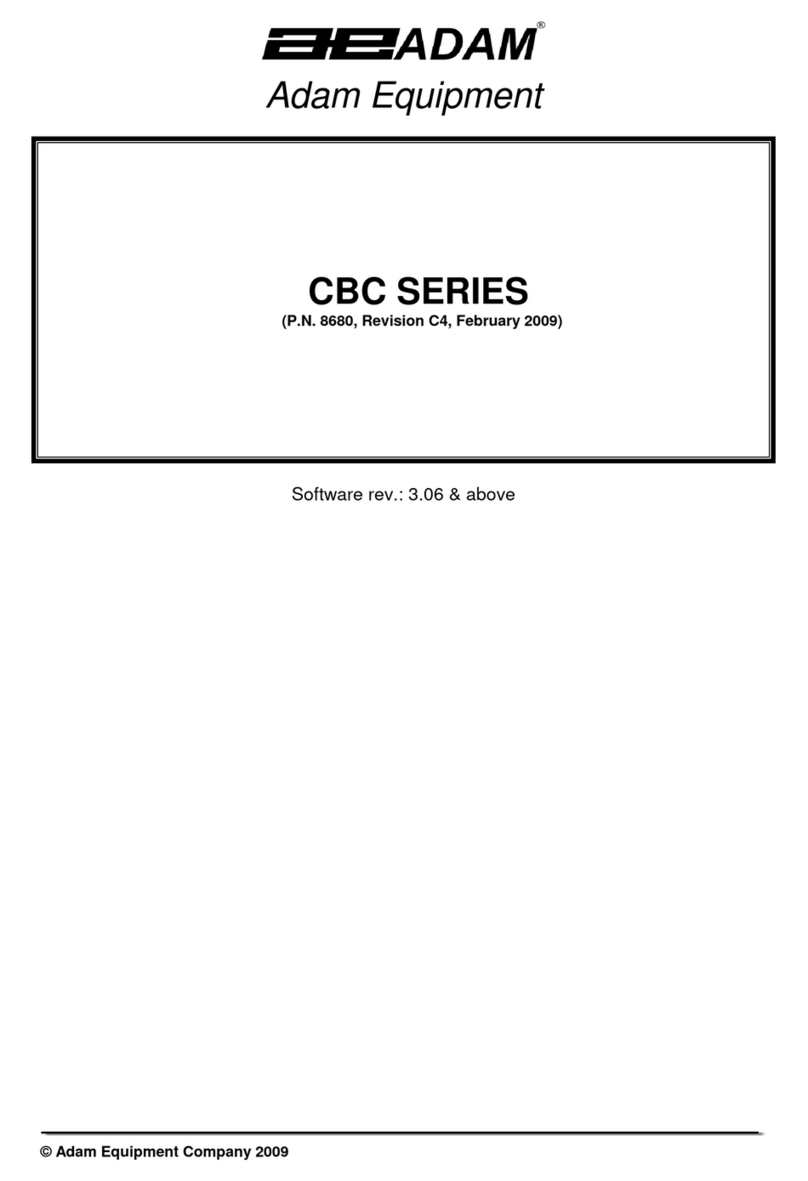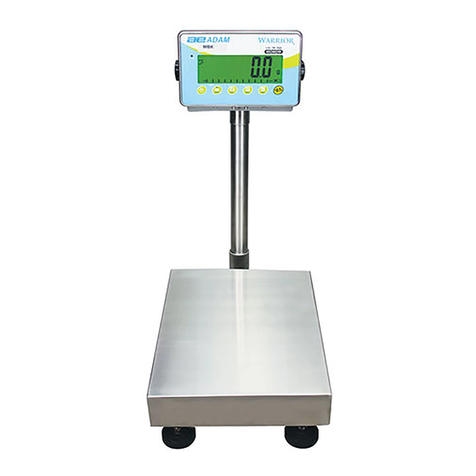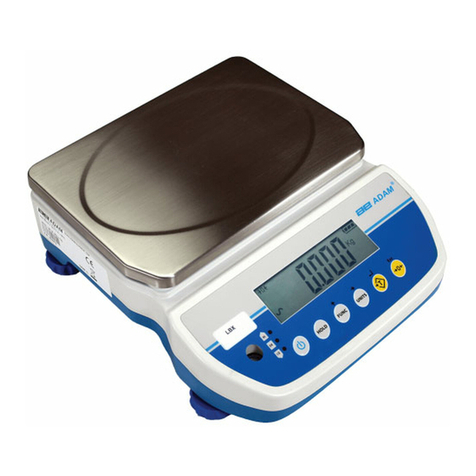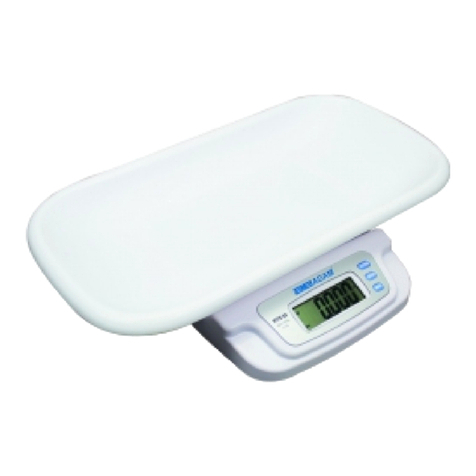Adam Equipment QBW Series User manual
Other Adam Equipment Scale manuals

Adam Equipment
Adam Equipment GBC Series User manual
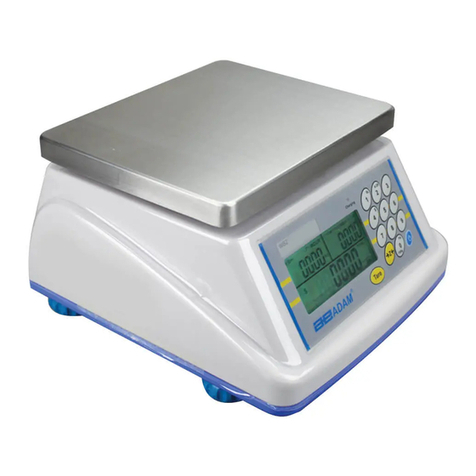
Adam Equipment
Adam Equipment WBZ Series User manual
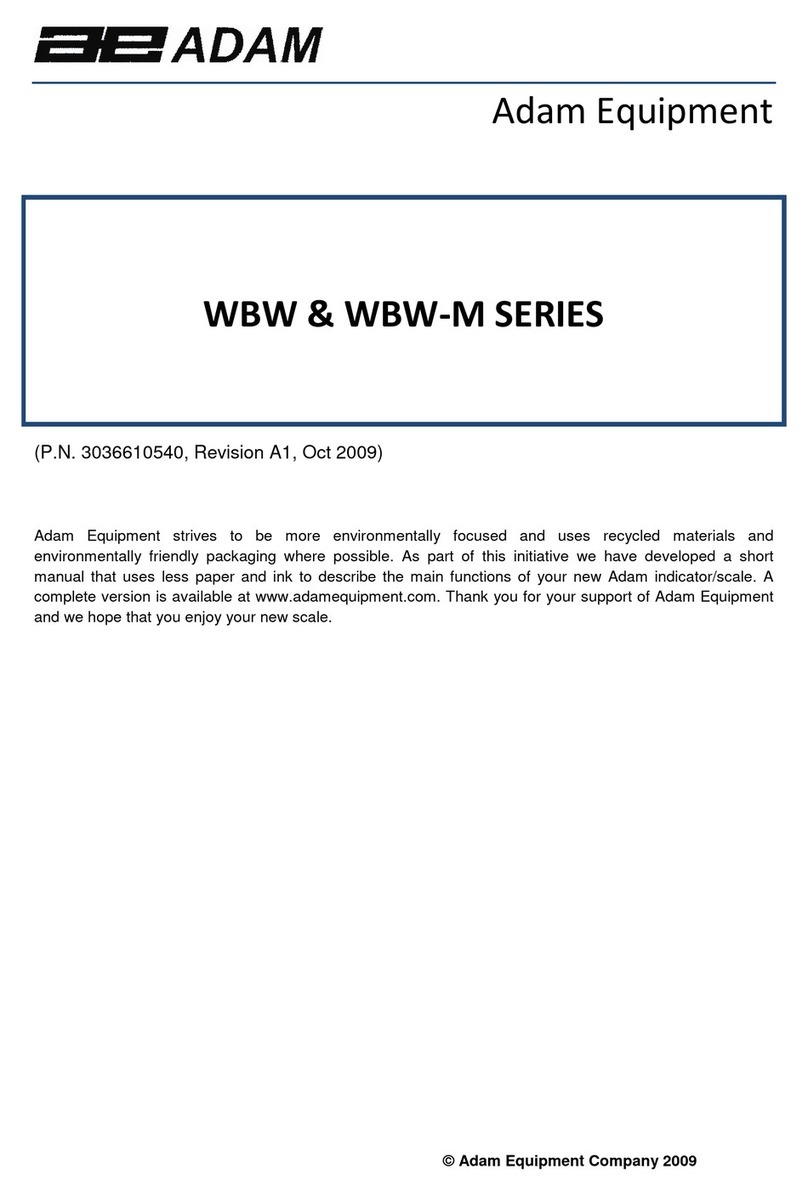
Adam Equipment
Adam Equipment WBW Series How to use

Adam Equipment
Adam Equipment CRW Series User manual

Adam Equipment
Adam Equipment pgw series User manual
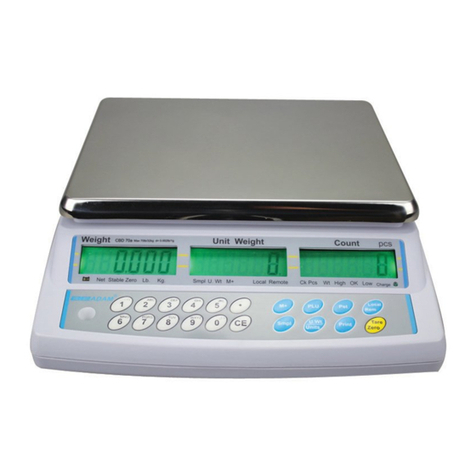
Adam Equipment
Adam Equipment CBD 100a User manual
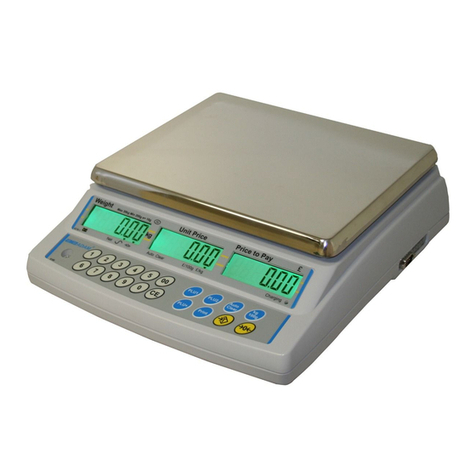
Adam Equipment
Adam Equipment AZextra Series User manual
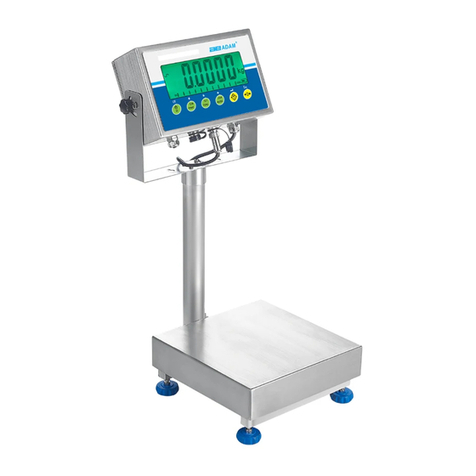
Adam Equipment
Adam Equipment Gladiator GGS 8 User manual

Adam Equipment
Adam Equipment CBD 6a User manual
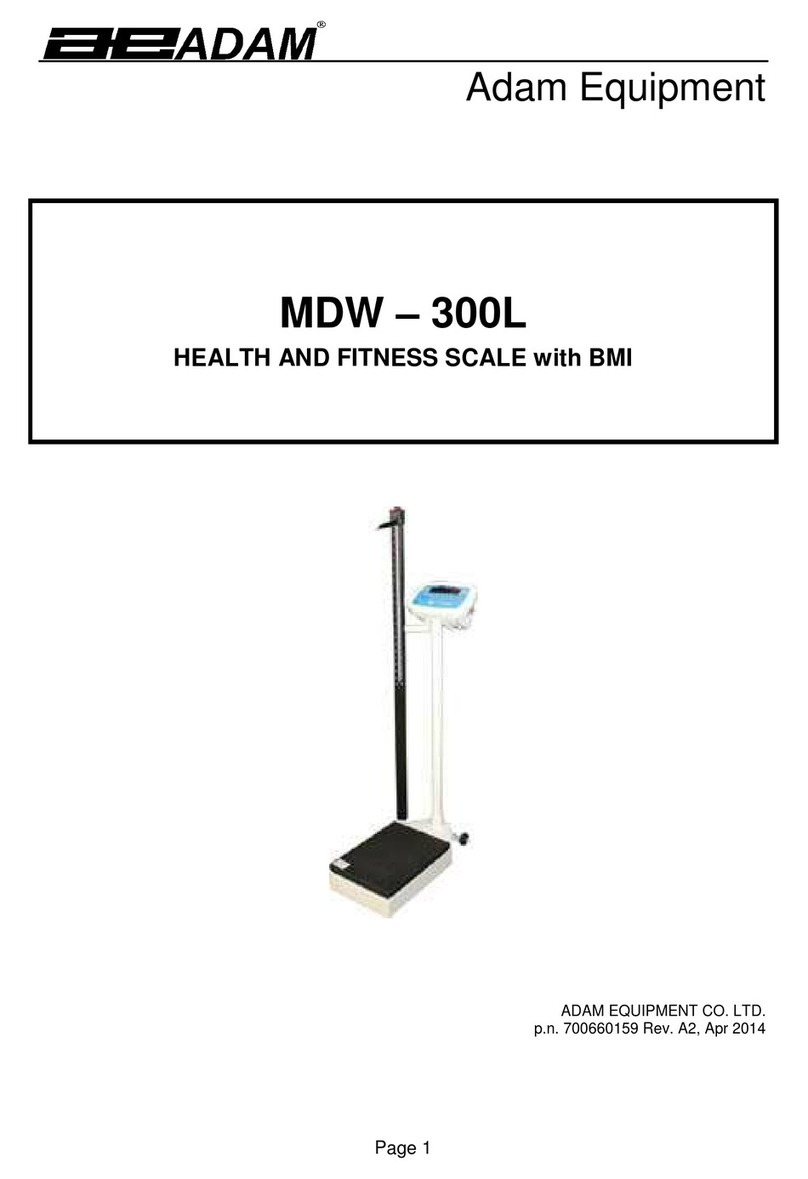
Adam Equipment
Adam Equipment MDW - 300L User manual
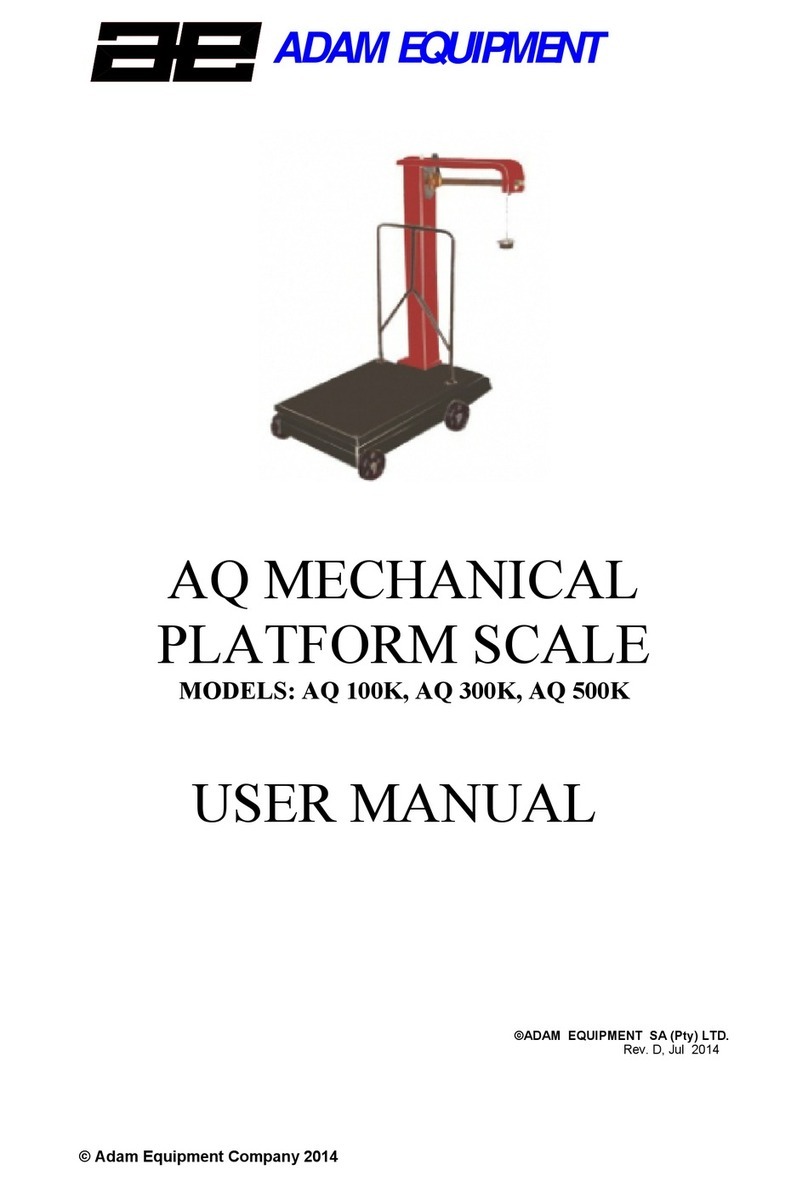
Adam Equipment
Adam Equipment AQ Series User manual
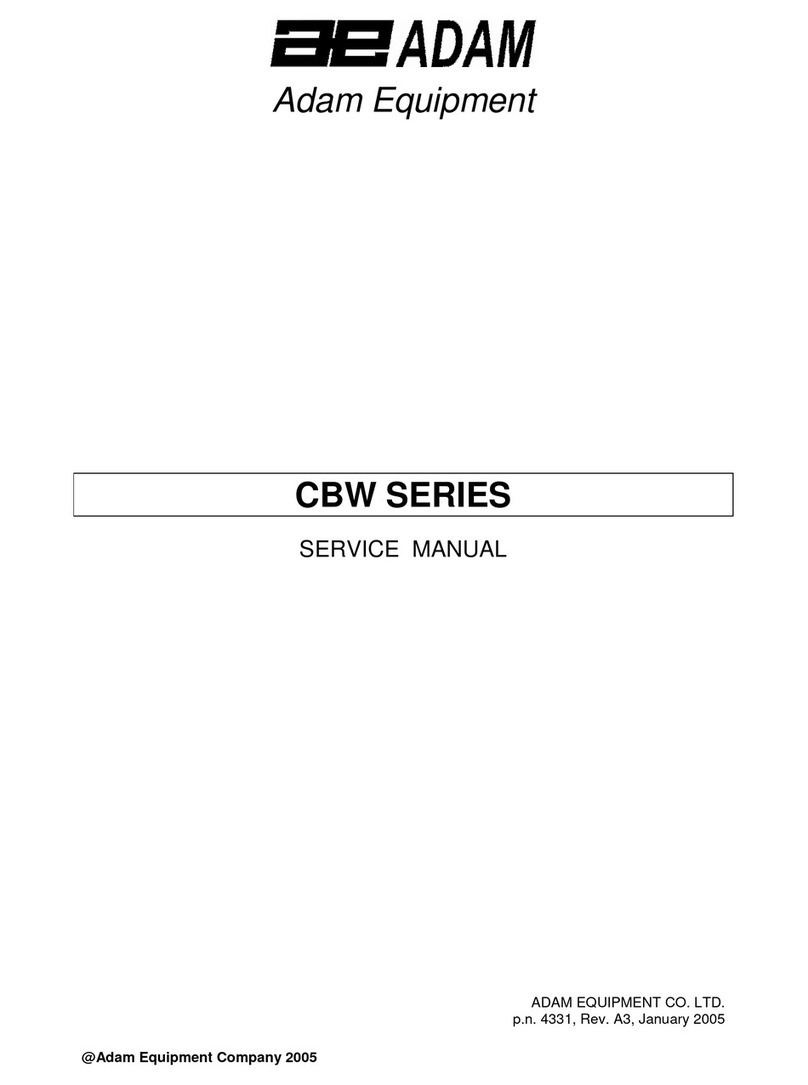
Adam Equipment
Adam Equipment CBW Series User manual
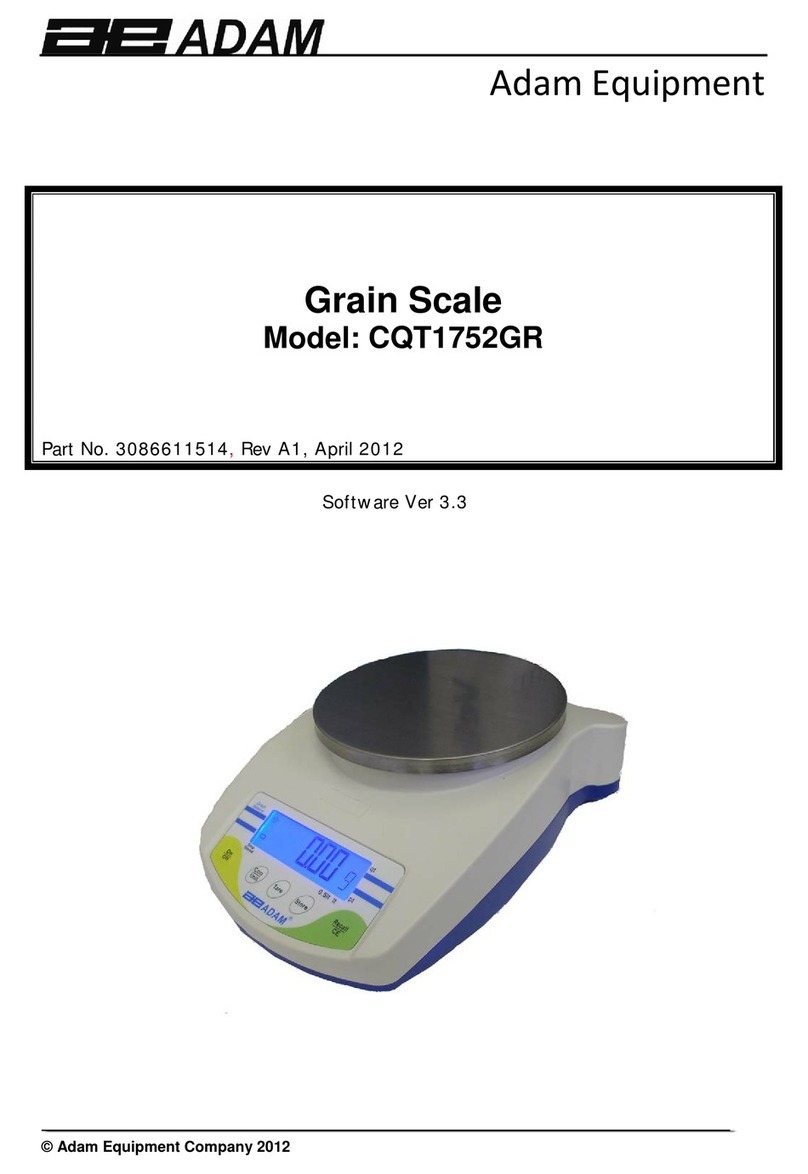
Adam Equipment
Adam Equipment CQT1752GR User manual

Adam Equipment
Adam Equipment CPW 25 User manual
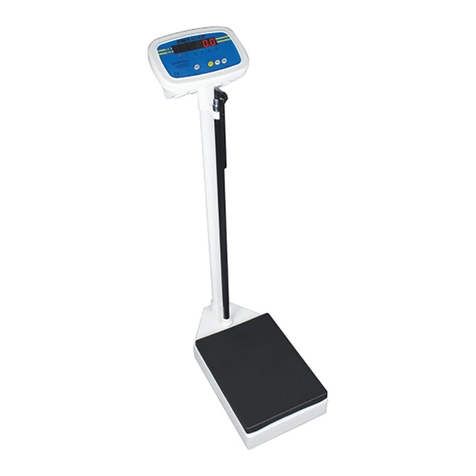
Adam Equipment
Adam Equipment MDW - 250L User manual
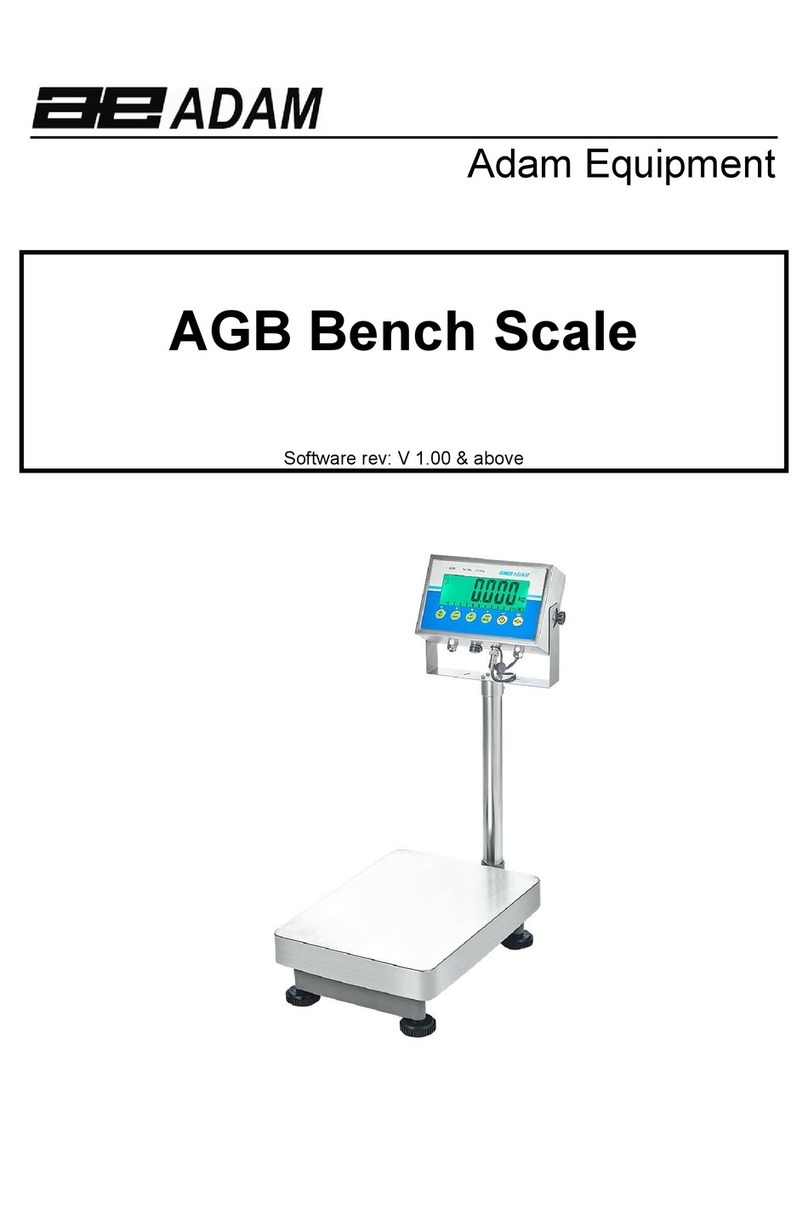
Adam Equipment
Adam Equipment AGB Series User manual
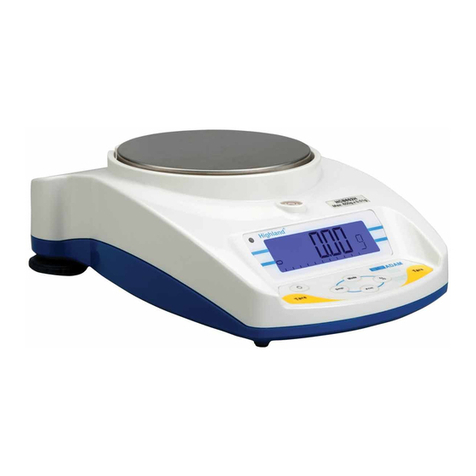
Adam Equipment
Adam Equipment HIGHLAND SERIES User manual

Adam Equipment
Adam Equipment AZplus Series User manual

Adam Equipment
Adam Equipment Warrior Series User manual

Adam Equipment
Adam Equipment CB Balance User manual
